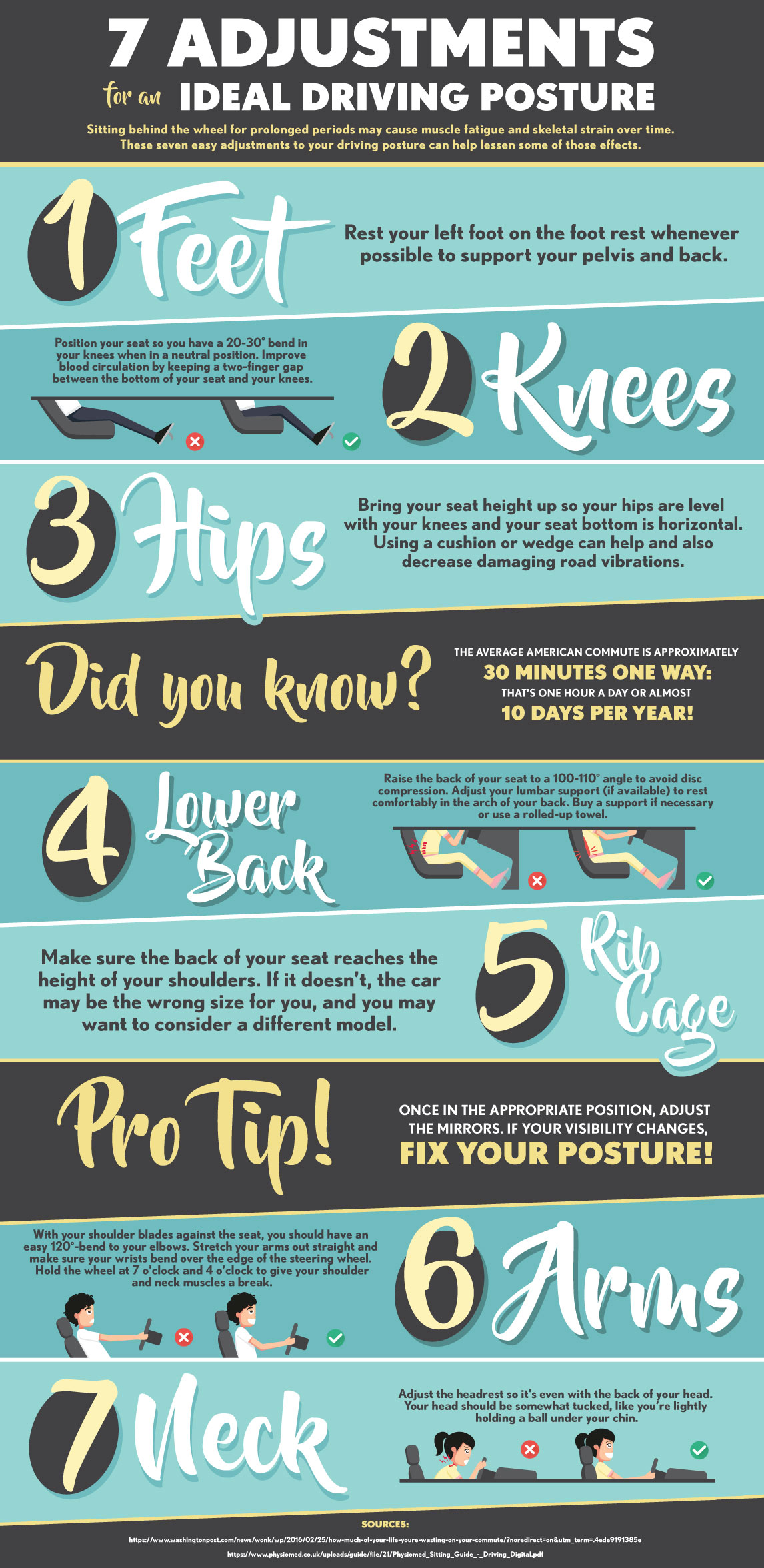Key Daily Routines That Result In Back Pain And How To Reduce Their Impacts
Key Daily Routines That Result In Back Pain And How To Reduce Their Impacts
Blog Article
Authored By-Mckay Svenningsen
Keeping correct stance and avoiding usual pitfalls in everyday activities can substantially influence your back health. From exactly how you rest at your desk to just how you lift heavy things, small changes can make a huge distinction. Imagine a day without the nagging pain in the back that hinders your every step; the solution may be less complex than you assume. By making a few tweaks to your day-to-day habits, you could be on your method to a pain-free presence.
Poor Pose and Sedentary Lifestyle
Poor position and an inactive way of living are 2 significant contributors to neck and back pain. When you slouch or hunch over while resting or standing, you placed unneeded stress on your back muscular tissues and spinal column. This can result in muscle inequalities, stress, and at some point, chronic neck and back pain. In addition, sitting for long periods without breaks or exercise can deteriorate your back muscular tissues and bring about tightness and pain.
To combat bad posture, make a mindful effort to sit and stand right with your shoulders back and straightened with your ears. Keep in mind to keep your feet level on the ground and prevent crossing your legs for extended periods.
Including routine extending and enhancing exercises right into your day-to-day routine can also help improve your posture and ease back pain associated with an inactive way of living.
Incorrect Training Techniques
Improper lifting strategies can substantially contribute to pain in the back and injuries. When you raise heavy items, bear in mind to bend your knees and utilize your legs to lift, instead of relying upon your back muscle mass. Avoid twisting your body while lifting and maintain the things near your body to reduce strain on your back. what causes low back pain to maintain a straight back and avoid rounding your shoulders while lifting to stop unnecessary stress on your back.
Constantly assess the weight of the object before raising it. If it's too heavy, request for assistance or use equipment like a dolly or cart to carry it securely.
Keep in mind to take breaks during lifting tasks to give your back muscular tissues a chance to rest and stop overexertion. By carrying out correct lifting methods, you can avoid neck and back pain and decrease the risk of injuries, guaranteeing your back remains healthy and solid for the long term.
Absence of Routine Workout and Extending
A sedentary way of living without regular workout and extending can considerably add to back pain and pain. When you don't engage in exercise, your muscles become weak and inflexible, bring about inadequate pose and raised strain on your back. Normal exercise aids reinforce the muscles that support your spinal column, enhancing stability and decreasing the danger of neck and back pain. Including extending right into your regimen can likewise boost flexibility, protecting against stiffness and discomfort in your back muscular tissues.
To avoid back pain triggered by an absence of workout and extending, go for a minimum of thirty minutes of modest exercise most days of the week. Consist of workouts that target your core muscles, as a strong core can aid minimize pressure on your back.
Furthermore, take breaks to stretch and move throughout the day, particularly if you have a workdesk work. Simple stretches like touching your toes or doing shoulder rolls can aid ease tension and stop neck and back pain. Focusing on reasons for lower back pain and stretching can go a long way in preserving a healthy and balanced back and minimizing discomfort.
Verdict
So, bear in mind to stay up straight, lift with your legs, and remain active to prevent back pain. By making straightforward modifications to your day-to-day habits, you can avoid the pain and limitations that include back pain. Look after your back and muscular tissues by practicing excellent position, appropriate lifting techniques, and routine exercise. Your back will certainly thanks for it!
